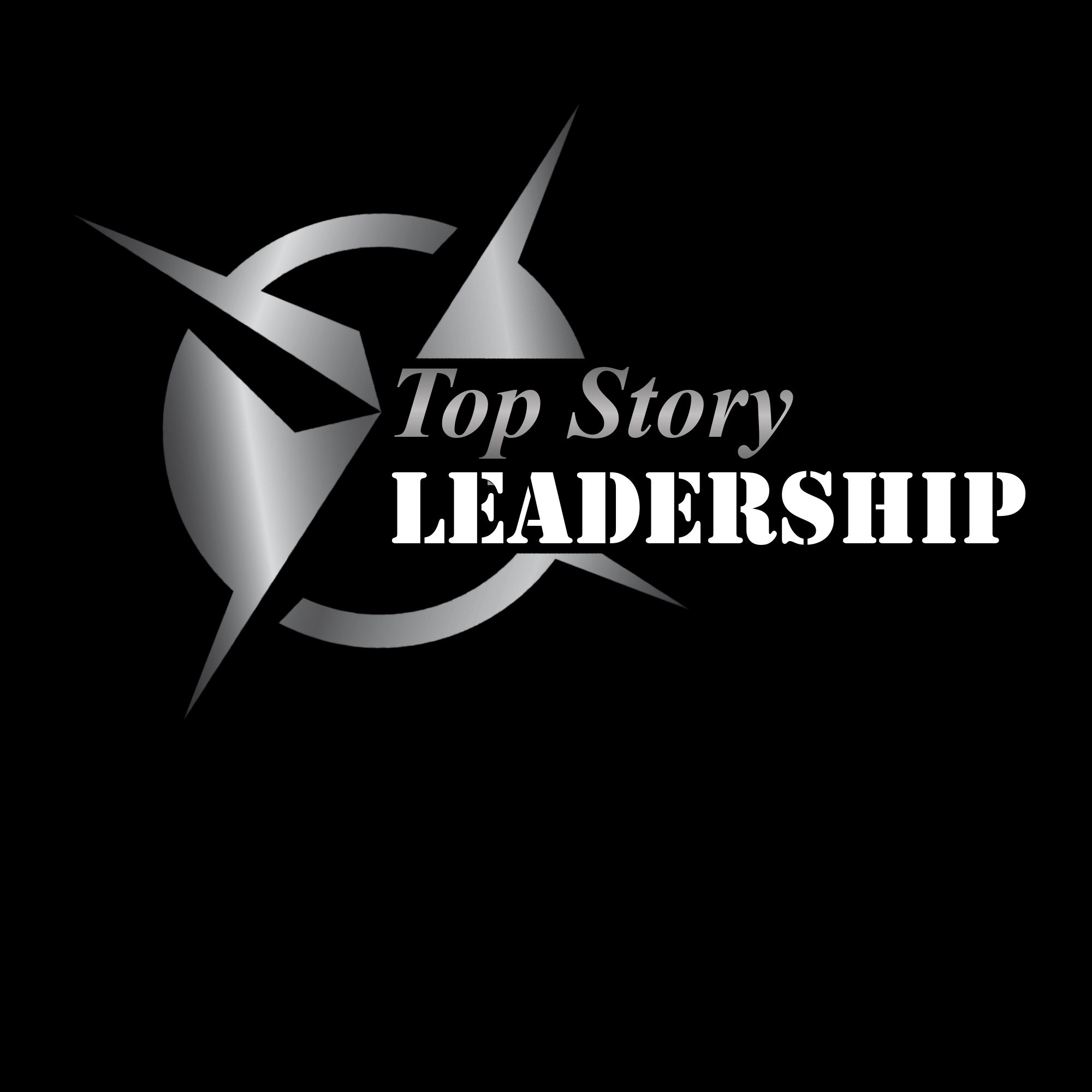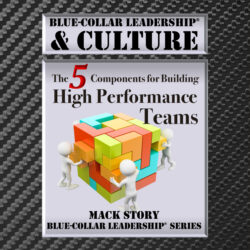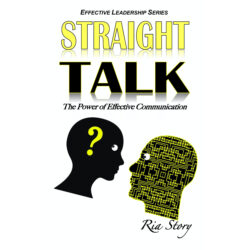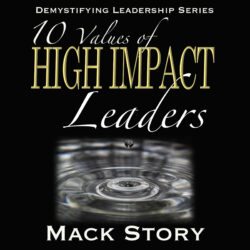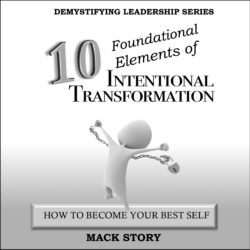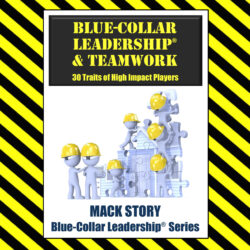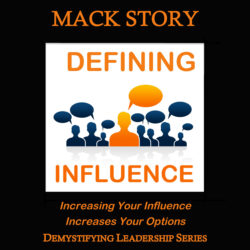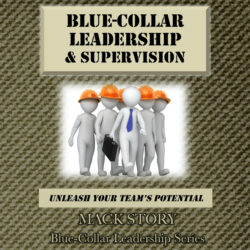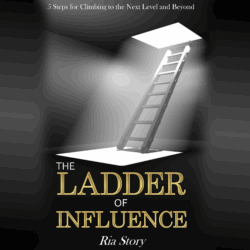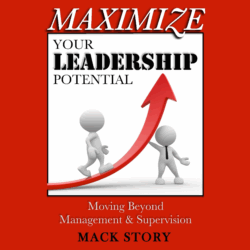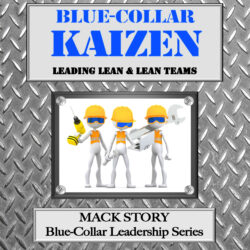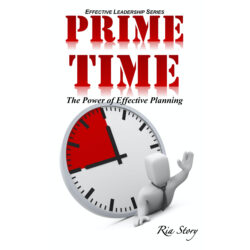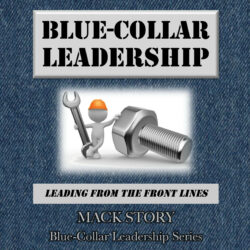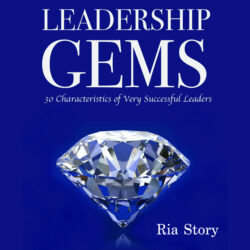The book that had the most impact on me as a leader while I was working in the corporate world was The 5 Levels of Leadership by John C. Maxwell. Although I have always been a reader, I didn’t discover leadership books until 2008, and I didn’t discover The 5 Levels until 2012. But, as I’ve continued to study, read, write, and speak about leadership over the past several years, I’ve come to think of leadership as something we (hopefully) grow toward and into as we mature, rather than levels or steps we climb. To me, leadership isn’t something you can neatly check off as you reach milestones because it’s so very dynamic. My husband Mack Story uses the analogy of the alphabet having only 26 letters but thousands of words with different meanings.
And yet, it’s incredibly simple at the same time. As John C. Maxwell says, “Leadership is influence.”
So, as I think about the individual’s leadership journey, here are the four types of leaders we have the potential to develop in to. Much like we physically mature from babies to adolescents to teenagers and finally adults, we can emotionally mature from a “Conductor” to “Connector” to “Compounder” and finally, “Catalyst.”
The Conductor
The Conductor isn’t really a type of leader at all. The Conductor is a manager. He or she has been given a position, a title, and a job description that includes directing the activities of others. But telling someone what to do and having them do it simply because you are the boss isn’t leadership. It’s dictatorship. Early in my career, I didn’t realize that leadership skills don’t automatically come with the title. And, until I learned how to develop my influence and leadership with others, I remained a very effective Conductor, but very poor leader. My epic wakeup call came in December 2007 when I tried to implement a process improvement in the office without first getting the buy-in of those affected. If leadership is influence, we must be able to influence people (volunteers, employees, friends, family, and children) without having to fall back on “Because I said so.”
The Connector
The Connector is a leader who has learned to effectively build a productive and mutually rewarding relationship, allowing him or her to increase influence with someone. To be effective as a leader, you must build strong, solid relationships. As Rick Warren stated, “You can impress people from a distance, but you must get close to influence them.” People must know you care about them and for them before they will trust you and go the extra mile for you. It may not be a surprise to you, but it was a surprise to me when I first realized people do have different types of personalities. I don’t mean people like different kinds of food or have different hobbies. I mean truly realizing different people have preferred styles of communication, preferred ways of interacting with others, and preferred ways of being appreciated, valued, and respected. After learning this, I dramatically changed my leadership style and became a Connector. I realized building relationships with people would significantly increase my influence. Great leaders are relationship builders. However, in the corporate world, this is often (and falsely) assumed to be “soft.” I think some leaders feel pressured to be “harder” when it comes to leadership. I know I did, especially with the people who worked with me.
The Compounder
The Compounder is a very effective relational leader who has leveraged those relationships in a positive way to achieve the goal(s). Leaders should leverage relationships to get results. Organizations don’t need a leader who can’t achieve the objectives, mission, or goals. Leaders must build relationships to increase their influence, but they must be balanced to achieve results. Balance means having difficult conversations when a team member isn’t performing, getting work done, or coming to work on time. It can also mean helping a team member see the job isn’t a good fit for them or releasing them to excel elsewhere. Leaders have a job to do and a responsibility to accomplish the mission with and through others. That’s why they are chosen to lead. You don’t have to be best friends with everyone who reports to you. In fact, there needs to be a recognition that, as the leader, you sometimes must make tough decisions related to discipline, resources, or promotions.
The Catalyst
A Catalyst is a leader who has experienced personal transformation and who is prepared to help others experience it as well in order to achieve their potential. In Maslow’s Hierarchy of Needs, the top level is self-actualization. In terms of leadership, self-actualization is developing in the type of leader that develops other leaders. One can only reach this level by having grown from a Compounder, a very effective relational leader who gets results, to a Catalyst, a transformational leader who has reached the point of developing other leaders. As Bill Bradley stated, “Leadership is unlocking people’s potential to become better.” A Catalyst helps other people become better by influencing them, developing them, pouring into them, encouraging them, motivating them, supporting them, and sacrificing for them. Yes, sacrifice is required to become a Catalyst because a truly transformational leader must be willing to put aside personal aspirations, selfish needs, desires, and wants, in order to reach self-actualization. It’s also a sacrifice, or investment, of time and energy. Self-actualization as a leader can only be achieved when we have become an effective relational leader who gets results and we are willing to invest in helping someone else become the same.
